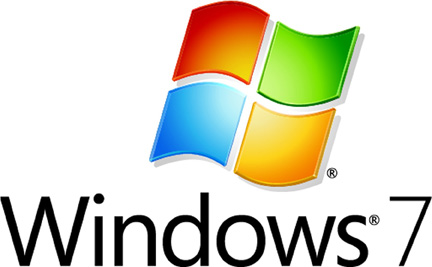
Burgess: Good security
Windows 7 contains new tools to make it easier for people working from home. New Remote Desktop features in Windows 7 and Windows Server 2008 R2, both released last month, enable employers to provide remote access to Windows software for people working away from the office.
Using the new tools, staff connect to their office computers using a web browser. Once connected, new Remote Desktop tools enable employers to deliver individual applications or even a full Windows desktop to remote workers.
Jamie Burgess, a Microsoft partner technical specialist, told The Hypervisor, “This provides better security because the corporate data and other important stuff around it remains in the datacenter, so if a laptop or home computer is lost the data is not lost with it”.
Burgess said users could be provided with conventional server based remote desktops using Terminal Services – which is renamed as Remote Desktop in Windows 7. This allows the IT department to host a large number of desktops and applications on the same Windows Server. This approach allows users to share one license for the Windows operating system and applications software, possibly making it the cheapest way to deliver apps to users.
Alternatively, the IT department could provide users with remote access to a dedicated Windows 7 system, which would actually be running as a virtual machine in the company’s datacenter. This approach has the advantage of allowing home workers to use “administrator” accounts on their Windows 7 desktop, which is required for some software to work properly.
Although these arrangements might sound complicated for end users to grapple with, Burgess said new features in Windows 7 made it just as easy for people to run remote applications as to run software installed on their hard drive. “There’s a new Control Panel app in Windows 7 called Remote Applications and Desktop Connections that lets the IT department define a home portal for the user. The app automatically populates a new folder in the Windows Start menu that contains the remote resources the user can access,” Burgess said.
People working away from home and using a borrowed computer could do much the same thing using a secure web portal, Burgess added. “Windows Server 2008 R2 introduced a new broker service, which gets a list of available VMs from Hyper-V. The broker also gets a list of Remote Desktops and the applications they offer”.
People use a web browser and connect to the web portal, and the web portal gets a list of apps and VMs from the broker, Burgess added. “Security could be as tight as you like. We can use Remote Desktop to access software and can prevent the clipboard from taking a copy of the data,” said Burgess.